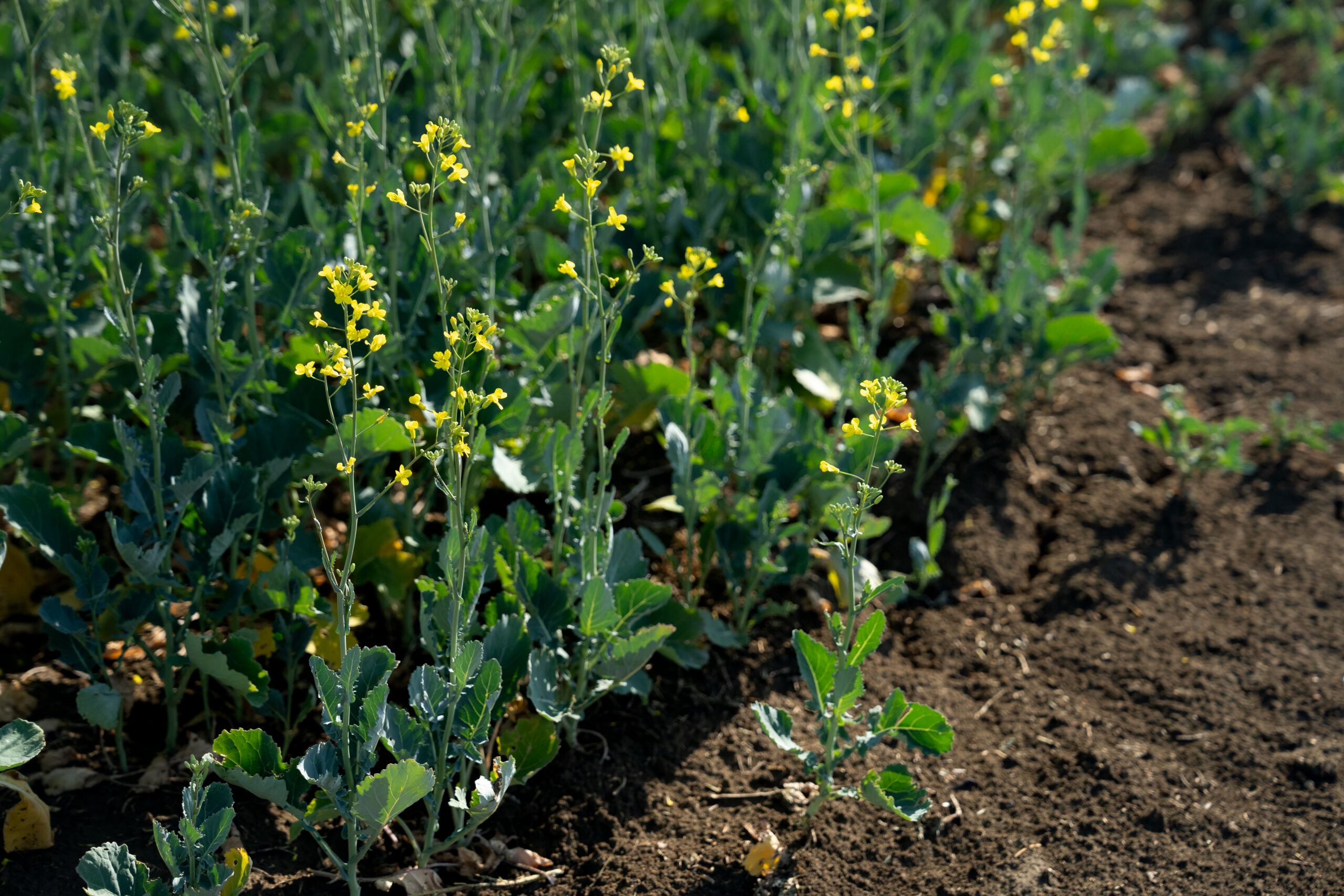
Sclerotinia stem rot is one of the most predominant canola diseases in Western Canada, observed in 80 per cent of surveyed crops in a 2020 study1. While damage can vary year to year, up to 50 per cent yield loss can be seen in canola fields when environmental conditions are favorable to the disease.

Infection occurs during flowering from airborne spores and is highly dependent on weather conditions at the time of infection. Wet conditions, moist soil, high humidity and temperatures between 15-25°C within the crop canopy are conducive to sclerotia germination. Once infected, the disease can cause lesions, bleached and weak stems, premature ripening, crop lodging and reduced yields from fewer pods and seeds.
With up to half your canola yield at risk, farmers must take a proactive approach against Sclerotinia.
Maximize protection and reduce yield loss under severe disease pressure
Under high Sclerotinia pressure environments or areas prone to the disease, it’s best practice to make a proactive foliar fungicide application to protect your investment.
ViatudeTM delivers best-in-class sclerotinia protection through a unique combination of two highly effective active ingredients, providing multi-mode of action protection in canola and allowing for proactive disease resistance management. Systemic movement and coverage from a fungicide is critical for maximum protection in dense canola canopies. The OnmiraTM active in Viatude fungicide is highly mobile – it quickly and efficiently surrounds, penetrates, and protects the leaf and stem from sclerotinia infection. The advanced movement properties of Viatude help deliver more premium protection.

By choosing a hybrid with the Sclerotinia resistance trait and proactively applying a foliar fungicide like Viatude, you can maximize protection and reduce yield loss under severe disease pressure.
For more information on finding the right canola products with Sclerotinia resistance, please contact your local Richardson Pioneer Ag Business Centre.
